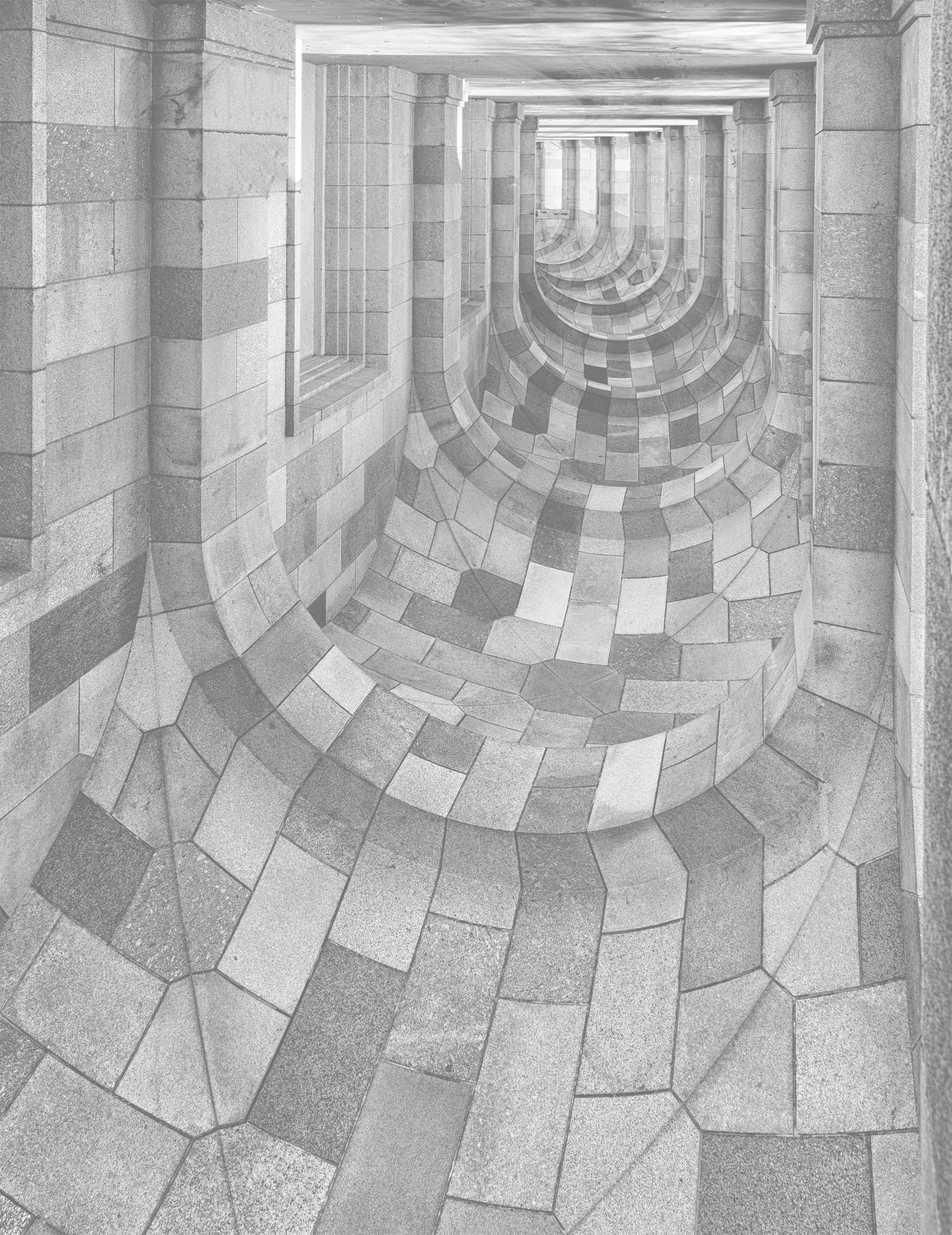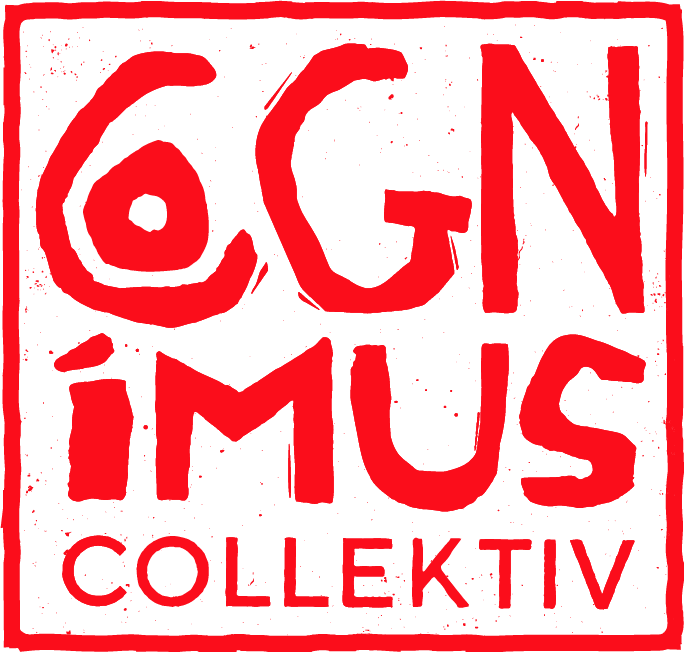ARIADNE
After arriving on Crete, Ariadne falls in love with Theseus, the Athenian king's son, at first sight. Ariadne helps him to defeat Minotaurus; in return, he promises her marriage. Ariadne's thread, a red woollen thread spun by herself, enables Theseus to succeed in his plan, defeat Minotaurus and escape from the labyrinth. On their escape, Theseus leaves Ariadne behind on the island of Naxos. She laments her fate, mortally unhappy. The god of wine Bacchus finds her there, comforts her and suddenly takes her as his bride.
2018

SOUND
OF
SILENTS
The central silent film of this project is the short film L'Assassinat du Duc de Guise (1908), one of the first films for which a film score was explicitly composed (Camille Saint-Saëns).
As the last two minutes of the original footage no longer exist a film artist, Margherita Malerba, has completed the work. In this way, a unique film has been created in which different aesthetic aspects of the old and new film techniques meet. In Malerba's finale, the original film is interpreted in an abstract way.
Furthermore, composer Martin Brenne has created a new film score for L'Assassinat du Duc de Guise as a commissioned composition, adding yet another dimension to the film.
Both film versions set the stage for the short film Trädgårdsmästaren (1912) by Victor Sjöström. This film is not based on composed music but on an ensemble improvisation based on elements of new music. Paulo Álvares led an improvisation workshop for the participating musicians. The concept is based on the combination of different mood textures, realized by the strings, and character-specific, personal tone and interval modes, adopted by the wind players. This deliberately refers to the practice of silent film accompaniment common at the beginning of the 20th century but with the materials of contemporary music.
The films are linked together with excerpts from Jeux des reflets et de la vitesse (1925), creating a complete work.
The overall concept does not focus on the pure representation of old silent films but rather illuminates the interplay of the various short films in terms of internal references, the tension between old film and new music, and the aesthetic contrast of film techniques.
Contributors:
Conductor: Jan-Paul Reinke
Improvisation: Paulo Álvares
Video: Margherita Malerba
Concept / production: CoGNiMUS Collektiv
2017
2018

CONCERTO
GROSSO
Pietro Castrucci (1679-1752): Concerto Grosso in g, op. 3/ Nr. 6
Georg Friedrich Händel: Concerto Grosso in a, op. 6/ Nr. 4 / HWV 322
Francesco Geminiani (1687-1762): Concerto Grosso in d, H. 143 „La Folia“
Alfred Schnittke (1934-1998): Concerto Grosso Nr. 1 (1977)
Solo violin: Katerina Chatzinikolau, Lika Yakupova
Conductor:Yorgos Ziavras
Conception/Production: CoGNiMUS Collektiv
The musical dialogue, also reminiscent of a battle, that is fought out in the Baroque Concerto Grosso between the soloists and the ensemble is the focus of CONCERTO GROSSO.
Alfred Schnittke's Concerto Grosso No. 1 (1977) stands at the epicenter of the approximately one-hour concert; it is supplemented by works by the Baroque composers Handel, Geminiani, and Castrucci. Not only Schnittke's polystylistic composition but also the original works show how extensive and varied this musical form is - the Concerto Grosso quasi is a polystylistic form of the Baroque.
The ensemble uses the entire church space to enhance the musical effects and dynamics between soloists and the ensemble. The newly created auditory impressions allow one to experience the musical performance in a new way. Listeners are part of the sonic landscape, boundaries between audience and musicians, soloists and ensemble, people and buildings are constantly blurred and redefined, and perspectives move in unstopping flux.
2017
TEMNÒMENA: PHILOSOPHEIN
Title: TEMNÒMENA: PHILOSOPHIE
Where: Aula Uni Köln, Cologne
When: May 2017
In TEMNÒMENA: PHILOSOPHIE, CoGNiMUS mixes together a Haydn symphony and a serenade based on Plato’s Symposium by Leonard Bernstein, written for solo violin and orchestra. The keyword here is philosophy, both as an underlying contextual connection between both works of music, as well as introducing the medium of language. Text excerpts from Plato’s Symposium were recited in different languages, alienated, improvised, electronically modified or heard musically. Thus, both works are in a special relationship of tension and influence each other.
Joseph Haydn (1732-1809)
Sinfonie Es-Dur Hob I:22 (1764)
„Der Philosoph“
Leonard Bernstein (1918-1990)
Serenade after Plato’s Symposium
Solo violin: Katerina Chatzinikolau
Conductor: Yorgos Ziavras
Concept / realisation: CoGNiMUS Collektiv
VIDEO LINK
https://youtu.be/phjWXCRv8Lk?si=e_3XwzmZEd4WhHOc
2017
TEMNÒMENA: WANDLUNG
CoGNiMUS started the concert series TEMNÓMENA in 2016 (τεμνόμενα: in Ancient Greek the point or points, where two or more elements meet), as a concept that brings seemingly incompatible or mismatched works of music together. Key factor to the conception is the binding material (music or other) that helps bring those works together, thus enhancing and projecting their inner connection.
WANDLUNG incorporated works for keyboard and orchestra by J. S. Bach and P. Hindemith, while the renowned pianist Paulo Álvares created and performed live an exhilarating free contemporary improvisation on the church organ. His improvised performance utilized and reimagined the compositorial material of both works and functioned as a transcendental acoustical bridge between them.
Johann Sebastian Bach (1685-1750)
Konzert für Tasten und Streicher in d-Moll, BWV 1052
Paulo Álvares
Free improvisation on church organ
Paul Hindemith (1895-1963)
Thema mit vier Variationen „Die Vier Temperamente“ (1940)
Conductor / solo piano: Yorgos Ziavras
Improvisation: Paulo Álvares
Concept / production: CoGNiMUS Collektiv
2016






